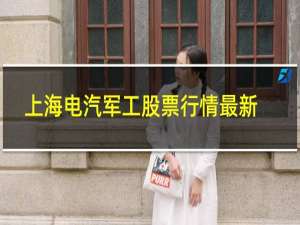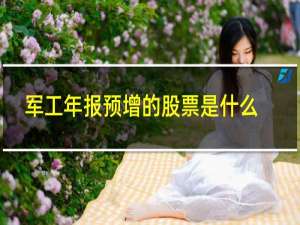英文介绍中国春节历史简短

春节的来历英文版
The history of the Spring Festival in China can be traced back thousands of years. It is the most important traditional Chinese festival and holds great cultural significance. The origins of the Spring Festival are rooted in ancient legends and customs that have been passed down for generations.
According to one popular myth, the Spring Festival originated from the story of a fearsome beast called Nian. It was said that Nian would come out once a year to prey on livestock and villagers. To protect themselves, the villagers discovered that the beast was afraid of loud noises, bright lights, and the color red. So, every year, they would hang red lanterns, set off fireworks, and create loud noises to scare away Nian.
Another legend tells the story of a mythical creature named Xi, who was known for its healing powers and wisdom. It was believed that Xi would fly to heaven every year on New Year\'s Eve to report the good and bad deeds of the villagers to the Jade Emperor. To please Xi and ensure a prosperous year ahead, the villagers would prepare offerings and perform rituals to honor the creature.
In addition to these myths, the Spring Festival is also closely tied to agricultural traditions. It marks the end of winter and the beginning of spring, symbolizing renewal and the hope for a bountiful harvest. As a result, many customs and practices associated with farming, such as ancestor worship, praying for good luck, and making offerings to the gods, are incorporated into the celebration.
Today, the Spring Festival is celebrated with great enthusiasm and joy throughout China and in many Chinese communities around the world. It is a time for family reunions, delicious feasts, exchanging gifts, and participating in various cultural activities. The festival typically lasts for 15 days, with each day having its own unique customs and traditions.
春节的来历(英文版)
The Spring Festival, also known as Chinese New Year, is the most important traditional festival in China. It has a long and rich history, spanning thousands of years. The festival is based on various myths and legends, as well as agricultural traditions, which have shaped its unique customs and practices.
According to Chinese mythology, the Spring Festival originated from the need to ward off evil spirits and ensure a prosperous year ahead. It was believed that loud noises, bright lights, and the color red had the power to drive away demons and bad luck. As a result, people started hanging red lanterns, setting off fireworks, and wearing red clothes during the festival.
One of the most famous stories associated with the Spring Festival is the legend of the monster called Nian. Nian would terrorize the village, devouring crops and livestock. Eventually, the villagers discovered that Nian was afraid of loud noises and the color red. So, every year, they would celebrate by making loud noises with firecrackers and wearing red clothes to scare away Nian.
In addition to these myths, the Spring Festival is also closely tied to the lunar calendar and the cycle of seasons. It marks the beginning of spring and the end of winter, symbolizing new beginnings and the hope for a prosperous year ahead. During the festival, families gather together to enjoy festive meals, exchange gifts, and pay respects to their ancestors.
Overall, the Spring Festival is not only a time for celebration, but also a time for reflection and gratitude. It is a time to honor traditions, strengthen family bonds, and welcome the new year with optimism and joy.
介绍中国春节的来历和习俗(英文版)
The Chinese New Year, also known as the Spring Festival, is steeped in rich history and customs that have been passed down for generations. The festival originated from a blend of myths, legends, and agricultural traditions, making it a unique and cherished celebration in Chinese culture.
One of the most popular legends associated with the Spring Festival is the story of a fearsome creature called Nian. According to the legend, Nian would come out once a year to devour livestock and villagers. To protect themselves, the villagers discovered that Nian was afraid of loud noises and the color red. As a result, they began lighting firecrackers, hanging red decorations, and wearing red clothes during the festival to ward off the beast.
Another significant aspect of the Spring Festival is its connection to agricultural practices. The festival marks the end of winter and the beginning of spring, symbolizing the rebirth of nature and the hope for a fruitful year ahead. Farmers would offer prayers and make sacrificial offerings to the gods, seeking blessings for a bountiful harvest.
Throughout the festival, families gather together to celebrate with elaborate feasts, traditional performances, and various cultural activities. Red envelopes filled with money, called \"hongbao,\" are given to children and unmarried individuals as a symbol of good luck and blessings for the coming year. The festival also involves the lighting of fireworks and the display of vibrant dragon and lion dances, which are believed to bring good fortune and scare away evil spirits.
The Spring Festival is a time of joy, reunion, and reflection. It embodies the values of family, gratitude, and optimism for the future. It is a celebration deeply rooted in Chinese tradition and culture, representing the unity and resilience of the Chinese people.












